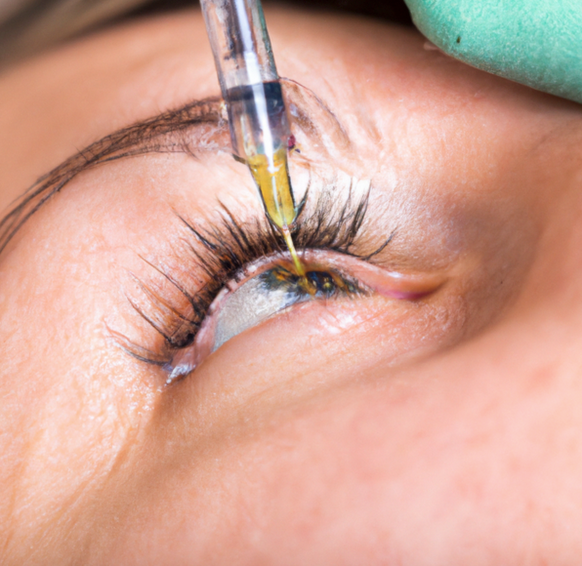Publication
Article
Digital Edition
Advancement in TED treatment is a bright spot
Author(s):
FDA approval of teprotumumab as therapeutic offers hope for patients.

Special to Ophthalmology Times®
Over the past 20 years, and most recently as the codirector of the Thyroid Eye Disease (TED) Center at the University of Minnesota in Minneapolis, I have cared for more than 1000 patients with TED.
Although TED is a rare disease that affects a relatively small number of people (16 per 100,000 women and 2.9 per 100,000 men), its impact on patients is immense.
Classic symptoms, such as proptosis, diplopia, orbital pain, redness, and swelling can negatively affect every aspect of a patient’s life, from working and socializing to reading and sleeping.
As a result, the disease can reduce self-esteem and cause mental health challenges. In severe cases, TED can cause blindness.
As with other progressive diseases, it is important to diagnose and treat TED early.
When the COVID-19 pandemic emerged in the United States, many doctors’ offices were forced to temporarily close or limit care to urgent and emergent patients.
As a result, many patients with TED were unable to get a timely diagnosis and medical intervention, putting them at risk for worsening symptoms and treatment outcomes.
Although 2020 was a tumultuous year full of challenges, it also brought a significant advancement for the TED community.
Related: A new tool to treat TED
In January 2020, the FDA approved teprotumumab-trbw (Tepezza, Horizon Therapeutics), the first medicine approved for the treatment of TED.
Before the approval of teprotumumab-trbw, patients with TED had to wait up to 3 years, sometimes longer, for their disease to progress from the acute phase to the chronic phase to become candidates for a series of surgeries to help restore vision and appearance of their eyes.
During the acute phase, patients have the option of taking steroids to help ease symptoms, but when used in high doses, steroids can cause serious adverse effects.
Surgeries such as orbital decompression and eyelid repositioning remain important tools in the toolbox for patients in the chronic phase of the disease.
I have seen firsthand that many patients are reluctant to have surgery unless absolutely necessary.
Related: Study: Therapy reduces proptosis, diplopia in TED
But with teprotumumab-trbw, there is now an effective and safe option that allows us to intervene earlier.
In the Tepezza phase 3 clinical trial, 82.9% of patients treated with teprotumumab-trbw had at least a 2-mm reduction in proptosis, compared with 9.5% of patients treated with placebo, without deterioration in the fellow eye at week 24.
Additionally, 67.9% of patients treated with teprotumumab-trbw had a change from baseline of at least 1 grade in diplopia at week 24 compared with 28.6% of patients treated with placebo. Based on the trial and in my experience, adverse effects are generally tolerable and resolve during or after treatment.
At my center, teprotumumab-trbw has changed the way that we treat patients with TED. We now have a medicine that targets the root cause of the disease and can stop the progression of symptoms.
My experience has been positive, with patients often saying they feel like themselves again. What’s most exciting is when patients say they can drive again and that they have more independence.
Related: Thyroid eye disease: Not limited to visual impairment
There is also growing evidence supporting the use of teprotumumab-trbw in patients with chronic TED. During the chronic phase, inflammation behind the eye stops or slows, but signs and symptoms often remain.
In late 2020, COVID-19 presented the TED community with another challenge. The government ordered the contract manufacturer that makes teprotumumab-trbw to prioritize the production of a COVID-19 vaccine. This caused a disruption in the availability of teprotumumab-trbw.
Now that the medicine is available again and I am deciding how to resume treatment, I refer to the clinical trial data as a guide.
The efficacy and durability of teprotumumab-trbw is based on the completion of all 8 infusions. I plan to have my patients resume where they left off and complete all 8 treatments.
About the author
Andrew R. Harrison, MD
e:aharrison@umn.edu
Harrison is an associate professor in the Department of Ophthalmology and Visual Neurosciences, University of Minnesota in Minneapolis. He is a consultant with Horizon Therapeutics.

Newsletter
Don’t miss out—get Ophthalmology Times updates on the latest clinical advancements and expert interviews, straight to your inbox.





